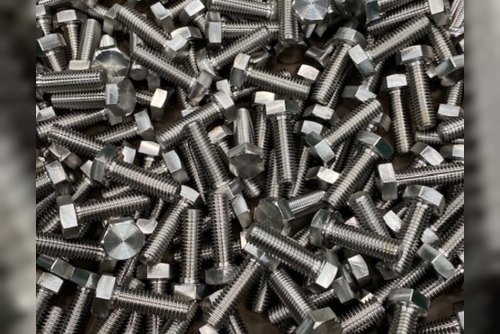Seals in autonomous vehicles and drones play a critical role in maintaining the integrity of the systems, ensuring proper functionality, and protecting sensitive components from environmental factors. These seals are used in various applications within autonomous vehicles (such as self-driving cars) and drones to prevent the ingress of contaminants, water, and dust, and to contribute to the overall reliability and safety of the systems. Here are key areas where seals are utilized:
Electrical System Seals:
Seals are used to protect the electrical components, connectors, and wiring in autonomous vehicles and drones from moisture, dust, and other environmental contaminants. This helps prevent electrical malfunctions and ensures the reliable operation of sensors and communication systems.Sensor Seals:
Autonomous vehicles and drones rely on a variety of sensors, including lidar, radar, cameras, and other detectors. Seals are essential to protect these sensors from the elements, ensuring accurate and reliable data collection for navigation and perception systems.Camera Housing Seals:
Cameras used for visual perception in autonomous vehicles and drones are often sealed to prevent moisture, dirt, and debris from affecting image quality. Seals contribute to the longevity and performance of visual sensing systems.LiDAR and Radar Seals:
Seals are crucial for protecting LiDAR and radar systems from environmental factors that could interfere with signal transmission. These seals contribute to the accuracy and reliability of detection and ranging systems.Autonomous Vehicle Body Seals:
Seals are used in the overall structure of autonomous vehicles to prevent water and dust from entering the vehicle's interior. Proper sealing enhances passenger comfort, protects internal components, and contributes to the overall safety and performance of the vehicle.Chassis Seals:
Seals in the chassis of autonomous vehicles and drones help protect critical mechanical components, such as steering and suspension systems, from environmental elements. This contributes to the longevity and reliability of the vehicle or drone.Battery Compartment Seals:
Electric and hybrid autonomous vehicles often have sealed battery compartments to protect the batteries from external elements. Seals help maintain the integrity of the battery system, ensuring safe and efficient energy storage.Communication System Seals:
Seals are used in communication systems, such as antennas and connectivity ports, to prevent moisture and environmental contaminants from affecting signal quality. Reliable communication is essential for the coordination of autonomous vehicle systems.Drone Motor and Propeller Seals:
Seals are employed in the motor and propeller housings of drones to protect internal components from moisture and debris. Proper sealing contributes to the efficient and safe operation of the drone's propulsion system.Autonomous Vehicle Door and Window Seals:
Seals around doors and windows of autonomous vehicles contribute to the vehicle's overall environmental protection. Proper sealing enhances passenger comfort and protects the interior from external weather conditions.Environmental Sensors Seals:
Seals are used to protect environmental sensors, such as temperature and humidity sensors, from external factors that could affect their accuracy. These sensors are critical for monitoring the vehicle's surroundings and ensuring optimal performance.Compliance with Automotive and Aviation Standards:
Seals used in autonomous vehicles and drones must comply with industry standards and regulations for automotive and aviation applications. This includes meeting safety, performance, and environmental requirements.In summary, seals in autonomous vehicles and drones are essential for protecting critical components from environmental factors, ensuring reliable performance, and contributing to the overall safety and longevity of these advanced technologies. The design and selection of seals must take into account the specific requirements of each application to optimize the functionality and efficiency of autonomous systems.
See more
















